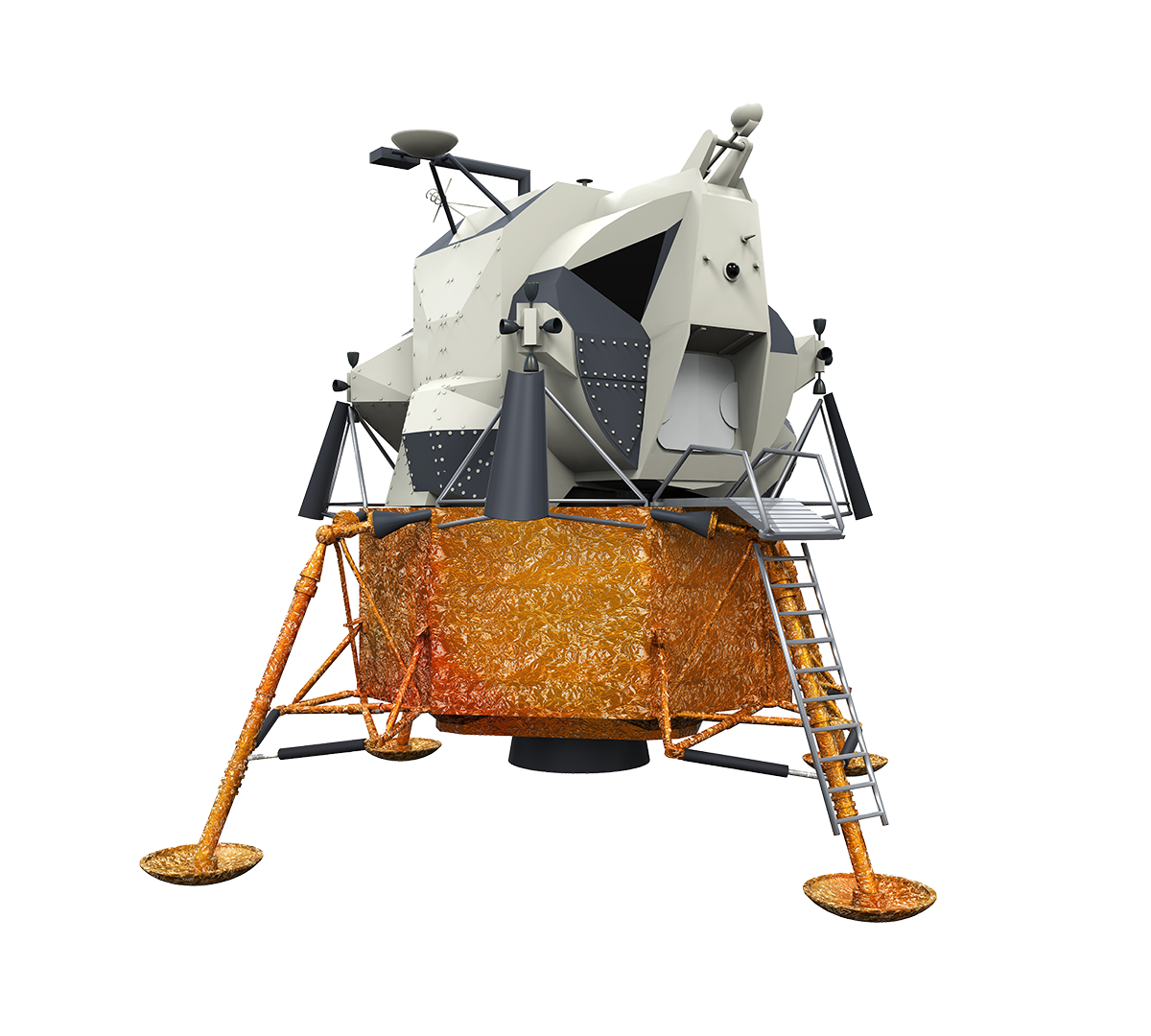Contact:
Michelle Lucas
(281) 451-5343
| FOR IMMEDIATE RELEASE |
Illinois and Kentucky students launch projects Tuesday night to International Space Station with NG-14 mission Two high-school teams study bugs in space
Moths and termites fly to new heights next week as students from the Chicago area and Lexington, Kentucky, study the effects of microgravity on moth chrysalis formation and methane- producing termites. The two teams won STEM challenges conducted by nonprofit Higher Orbits.
The two projects are coupled together into one cube-shaped laboratory called BUG-01. The students’ experiments travel from Virginia’s Wallops Flight Facility to the ISS aboard the Cygnus spacecraft atop the Northrop Grumman Antares launch vehicle. The NG-14 resupply mission is scheduled to launch Tuesday night, September 29, and can be viewed on NASA TV.
Understanding microgravity’s effects could improve knowledge of complex biological systems for future space missions and for Earth-bound humans.
Higher Orbits is an educational nonprofit 501c3 that uses space to promote STEM, leadership, teamwork, and communication at Go For Launch! events nationwide. Team Flammenwerfer Axoltols from Spring Grove, Illinois, consists of Lucas Artner, Jake Drews, Grace Flynn, Daniel Marek, and Trinity Nett, who won the 2019 AIAA Apollo Series of Go For Launch! events. The team is researching microgravity’s effects on the pupating cabbage moth, Mamestra Brassicae.
Team V Atlas is measuring behavior and methane production of southeastern drywood termites, Incisitermes Snyderi, in microgravity. This winning team of the 2019 Go For Launch! series includes students from Kentucky and the Chicago area. Rachel Blevins, Kiera Fehr, Rosalie Huff, Dresden Lubic, and Riley Lubic hypothesize that termites will experience stress transitioning to microgravity, but within an adjustment time, normal behavior such as eating and tunneling habits will resume.
“Our partnership with Higher Orbits has been critical for reaching the next generation. These are very high quality STEM programs that inspire students of many different backgrounds to become interested in aerospace,” says AIAA Executive Director Dan Dumbacher.
During Go For Launch! events, students work with astronauts, scientists, and engineers. They design mission patches and perform hands-on collaborative activities for awards that culminate with a project intended for space. Participants experience science, technology, engineering, art, and math together.
Higher Orbits teams collaboratively define and design projects that contribute to humans living in space and those bound by gravity. The program encourages teamwork, leadership and communication. Judges evaluate projects that compete against other Go For Launch! teams nationwide to determine a winning project launched to space.
Students experience the scientific process firsthand. “It was challenging to make sense of where certain devices would be inside the box. We had trouble with where cameras would be and how many would be needed,” said Jake Drews, Flammenwerfer Axoltols. “Ensuring that the experiment was controlled was the main priority to guarantee useful results.”
“One of the constraints for the project was that everything going to space had to fit within a four- inch cube, so we had to figure out how many termites could fit in the cube with the termites' food and experiment equipment, “ said Rosalie Huff, V Atlas. About 50 termites will go where termites have never gone before. Experiment results will be evaluated in coming months.
Data from recent Higher Orbits projects is promising. Team Reginae Reginarum’s winning project measured stress and production of an antioxidant produced by algae. Project results may have medical applications. Team members from Highland Park, Illinois, witnessed their experiment launch from Virginia’s NASA Wallops Flight Facility aboard the Cygnus spacecraft in November 2019.
Another recent Higher Orbits experiment from students in North Carolina produced notable results measuring radiation-absorbing fungi, which could have applications for space suits or clothing for earthlings.
More than a dozen Higher Orbits student projects have been developed for research in microgravity. Nine have launched to the International Space Station and the first art in space project launched to sub-orbit in December. With the help of project-build partner Space Tango, more projects are being developed for launches in the coming year.
“The AIAA Foundation partnership with Go For Launch! will help us to make our goal of reaching 1 million students with our outreach, says Dumbacher.
Higher Orbits is also grateful for support from Space Tango, which built BUG-01, and designs and builds integrated data collection systems that facilitate microgravity research.
For more information about Higher Orbits, visit higherorbits.org or contact Michelle Lucas, 281-451-5343, media@higherorbits.org.
About Higher Orbits:
Higher Orbits is a 501(c)3 non-profit that uses spaceflight to promote science, technology, engineering, art and math while strengthening leadership, teamwork, and communication skills. Higher Orbits conducts Go For Launch! and Go For Launch! Full STEAM Ahead events across the country and partners with companies and organizations to achieve educational goals that launch the next generation of scientists, researchers and creators. To learn more about 2020’s events and inspire the next generation of STEMists, STEAMists and explorers, visit HigherOrbits.org.
About AIAA:
The American Institute of Aeronautics and Astronautics (AIAA) is the world’s largest aerospace technical society. With nearly 30,000 individual members from 91 countries, and 100 corporate members, AIAA brings together industry, academia, and government to advance engineering and science in aviation, space, and defense. For more information, visit www.aiaa.org, or follow AIAA on Twitter, Facebook, or LinkedIn.
About Space Tango:
Space Tango provides access to microgravity through its Open Orbit platform for research and commercial manufacturing applications that benefit life on Earth. The company is focused on creating a new global market 250 miles high in low Earth orbit and envisions a future with breakthroughs in healthcare and technology occurring off the planet. Recognized for expertise in microgravity design and operations, Space Tango believes that exploring with industry and educational partners improves life on Earth and inspires the next generation to continue to expand the horizon of this new frontier. For more information, visit www.spacetango.com.
# # #
